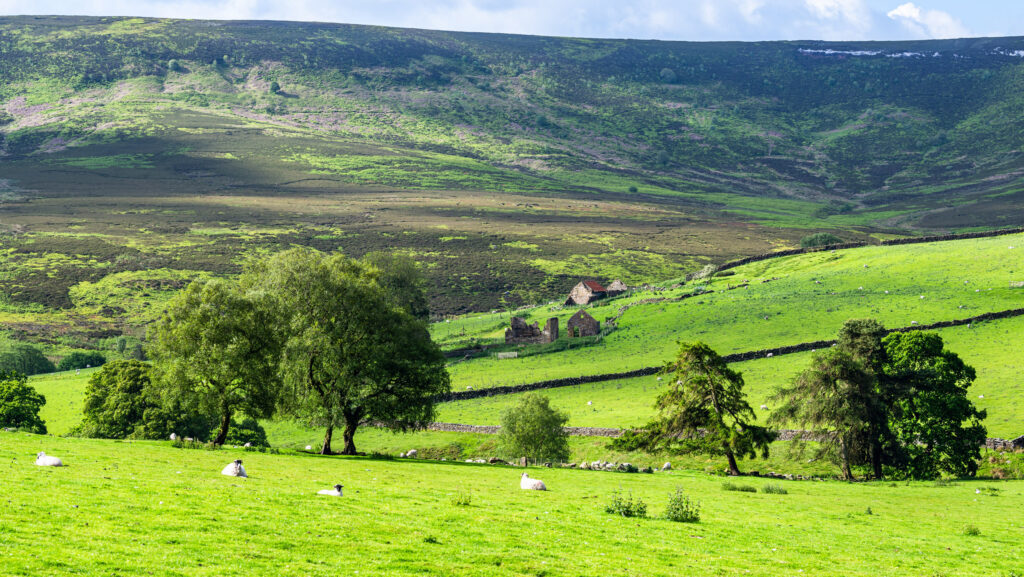Opinion: Squaring the circle not easy when it comes to land use
 © Adobe Stock
© Adobe Stock I feel the saying “square peg, round hole” could apply to any number of areas in the agricultural sector at the moment, but for the purpose of this article, I am referring to the Land Use Framework (LUF).
On a drizzly Friday morning in January, industry stakeholders gathered to hear Defra secretary Steve Reed launch the land use consultation.
The challenge to square the round hole of complex land use and meet the demands of our country is not to be underestimated.
See also: Farmer views sought on Land Use Framework
About the author
Kelly Hewson-Fisher is head of rural research at Savills.
I applaud Mr Reed for starting the conversation and encouraging participation in the development of a LUF.
I do, however, sense scepticism with the number of frameworks and strategies that are being promised to support the rural sector.
In 2025 alone we are expecting the LUF, the National Food Strategy, and the 25-year Farming Road Map, to name a few.
But, as we progress through the agricultural transition, the sector wants government direction.
Confidence is low, driven by uncertainty, so there is pressure on these frameworks and strategies to deliver.
I feel Steve Reed is “damned if he does” and “damned if he doesn’t” progress with the LUF.
Given the five-year political cycle, will what it does and says now be here for the future? If not, why should we get behind such a framework?
I’m a supporter. The demands on land and therefore on land managers has intensified.
Back in time
Going back in time, agriculture and farming businesses were at the heart of rural communities – mixed farming systems supporting food production and environmental protection.
In more recent years, the government brought in subsidies to prioritise food, fuel and fibre production, which farmers and land managers dutifully delivered, often at the expense of other outputs which we have now gained a better understanding of.
As is the cyclical nature of many things, we must look at how we manage our finite resource to meet multiple objectives and targets: maintain food production, protect and enhance the environment, meet the targets set in the Environment Act 2021, develop 1.5m homes over this parliamentary period, and contribute to a decarbonised power sector by 2030.
Not alone
We are not alone in our quest to solve the puzzle. Scotland is on its third Land Use Strategy, which aims to support the environment, economy and communities.
It is written in law that a review takes place every five years.
I do have questions around the implementation of a LUF, and one concern is how will it influence and interact at a national, regional and local level.
Where will it sit in the hierarchy of decision making? If we are able to understand this, I feel we will be more bought in to the process.
One question I am often asked is, “does this government want farmers to produce food?” This relates to a generation which has been directed and financially supported to do just that.
While we should continue to produce food, we are in a fortunate position to manage such a valuable asset which has the potential to contribute in many ways, and the future will focus on reviewing the best use of land, maximising and often stacking outputs.
I would suggest every business undertakes a land use strategy – analyse every hectare in every field against a matrix of profitability, viability and sustainability.
And don’t forget, you still have time to respond to the consultation, which closes on 25 April.
